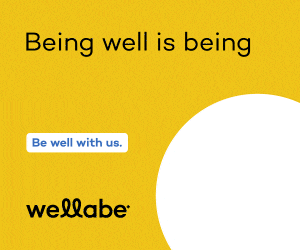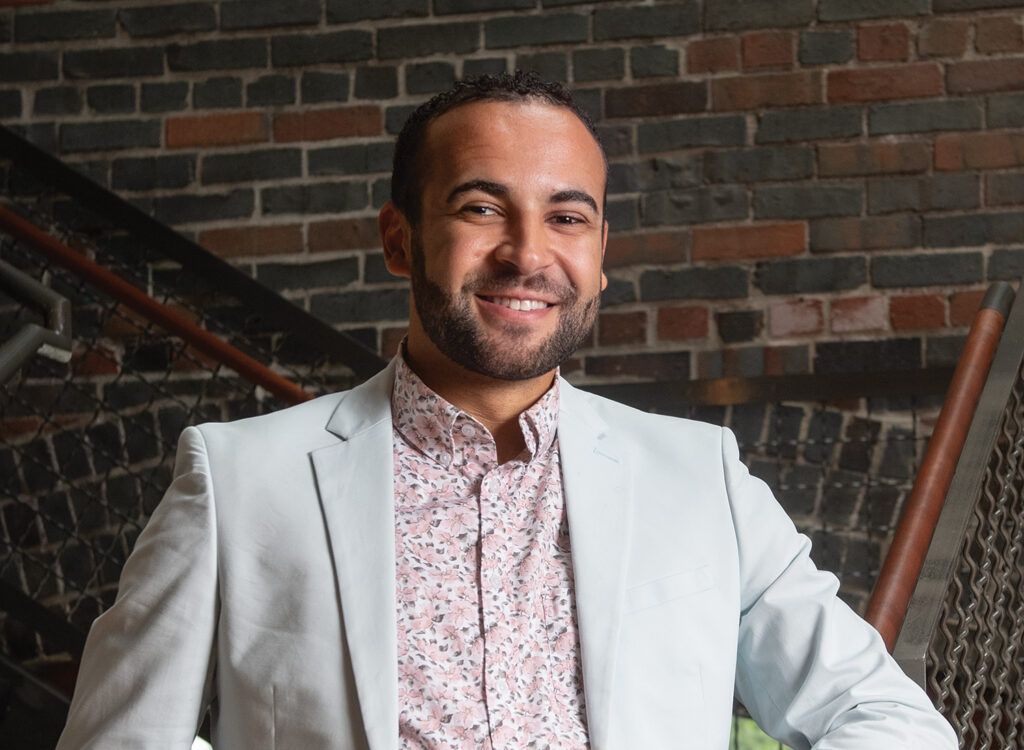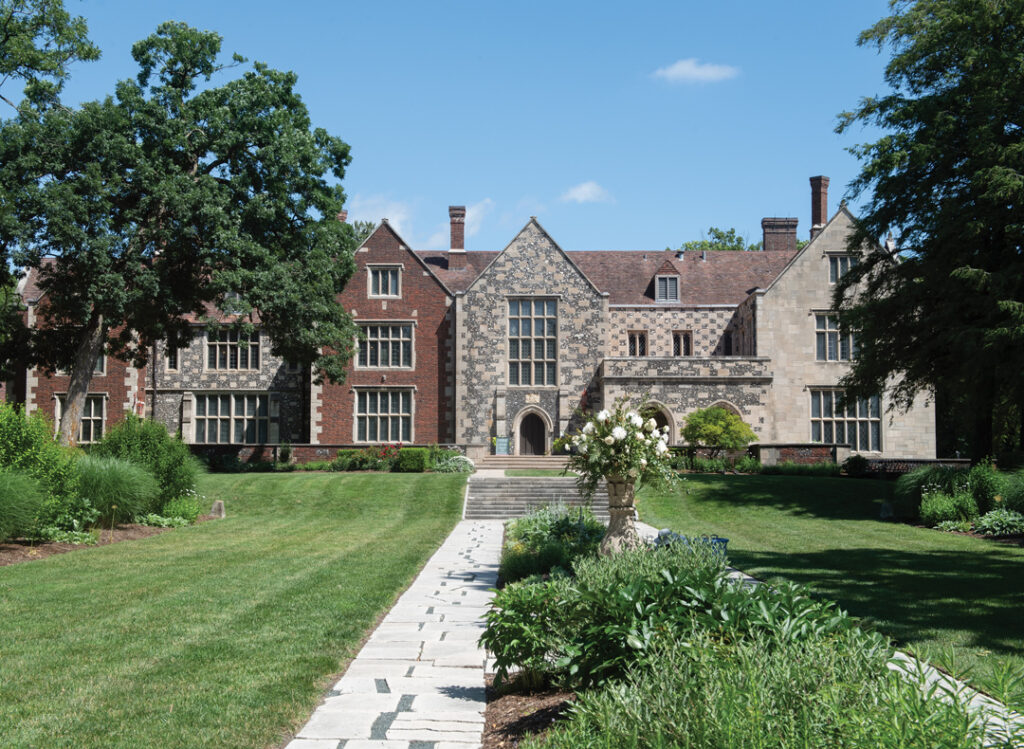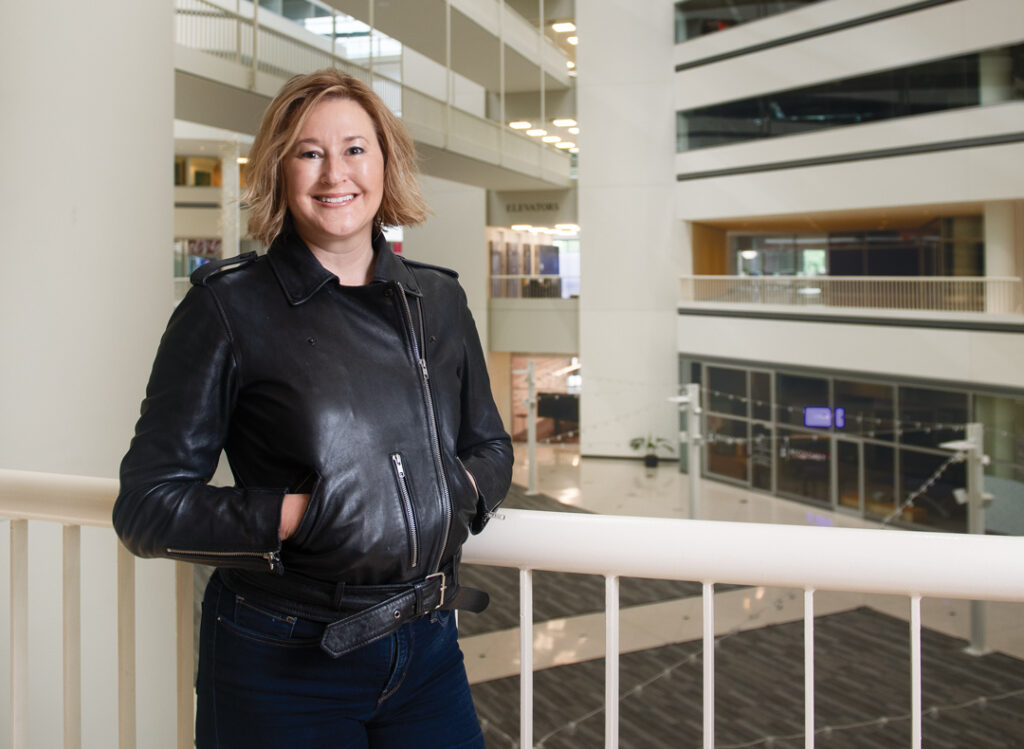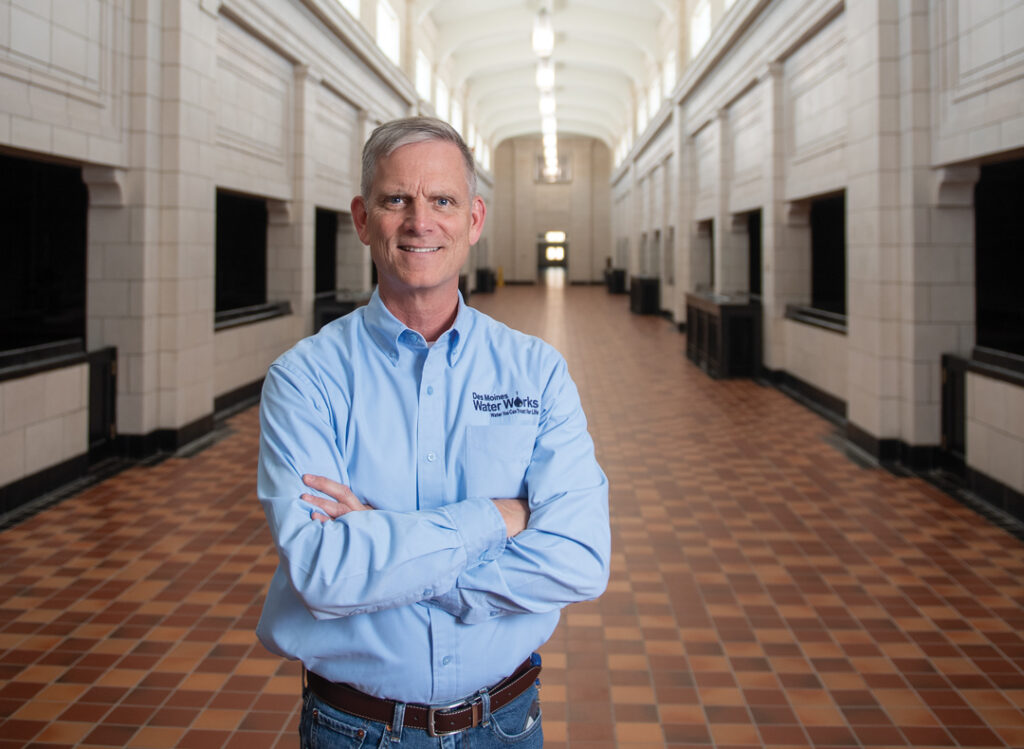A Closer Look: Delaney Howell
Take a closer look at the host of “Market to Market,” Iowa Public Television

Feb. 16, 2017, was a day of new beginnings for the 44-year-old Iowa Public Television fixture “Market to Market.” For just the fourth time, it had a new host and for the first time that host was a woman, Delaney Howell, then a 23-year-old who carried experience in farm life — she grew up on a farm near Columbus Junction — and ag journalism through the front door of the Johnston studios. Howell was no stranger to “Market to Market.” She had interned there while a student at Northwest Missouri State University in Maryville, Mo., and for a time worked the Iowa Public Television’s “Kids Clubhouse.” Howell took a circuitous path to ag journalism. She sought an education major at Northwest Missouri State, but after working a stint at a Maryville radio station, studying abroad — she is a world traveler for work and pleasure these days — and learning of an opportunity to pick up a scholarship in broadcast journalism, she decided “teaching probably wasn’t the best path for me.” The internship at “Market to Market” was what “sealed the deal” for ag journalism. And why not. Her parents run a custom cattle feeding and row crop operation on the family farm. Her mother just had a permanent greenhouse built and the Howells are exploring other ways to diversify the operation. All of that is fitting with the multihued ag topics covered weekly by “Market to Market.” Watch her prepare with producers and crew before the broadcast and she acts like a seasoned professional. Watch her behind the camera and you think, “she’s a natural,” at ease reading the news, introducing feature stories and interviewing the show’s stable of market analysts. During a recent chat with an analyst, she remarked that “that was the most scripted answer I’ve ever heard.” In her spare time, Howell stays busy with the Ag New Daily podcast and Global Ag Network, both of which she co-founded.
Your family is still farming?
Yeah, a pretty good-sized operation; we do custom feeding. My dad has a business partner who essentially buys cattle and my dad will feed them out for him. We raised them in hoop shed buildings. I think we have capacity for right around 1,000 head. We also do some row crop operation: Corn, soybeans, cover crops, etc. So my dad and my older brother farm full time, and then I have a younger brother who doesn’t have anything to do with farming; he’s an engineer. My dad always said, “Out of the three kids, you and your older brother are the two I least expected to go back into agriculture,” because my little brother … always had a project or bottle calves or something. Now, he’s the one who has the least to do with it.
What made you decide that teaching wasn’t for you?
I just didn’t feel like that was a place I could see myself. I would be happy as a teacher, but it just wasn’t what I felt like was my calling at the time.
You have a fairly significant role in broadcasting. Where do you go from here?
“Market to Market” is I think the oldest ag show.
What accounts for the longevity of “Market to Market”?
They’ve always placed a high value on making sure that their stories aren’t necessarily stories you are going to get from mainstream news or other news stations; they really upheld that the news and information you get from “Market to Market” is unique. Especially when you look at what’s called the cover story or the feature story, they want to make sure that they’re covering producers who are doing something unique, or businesses that are doing something unique that you maybe wouldn’t see on another ag TV show. And I think that’s really why they’ve done so well.
You also make the show available over the internet on YouTube and you are active on social media.
Over the last three to five years, they’ve really been pushing social media, but we’ve had a presence on Facebook, Twitter, etc., for probably, I don’t know, seven to eight years. And podcasting is still pretty new. It just seems like especially on Twitter, there’s just a community around agriculture on Twitter. And a lot of them like to interact and send their questions each week.
Are you surprised by that?
To me, it makes sense, especially as you look at like, I’m always excited to kind of step into this role. Because I’m younger, obviously, like, that’s no surprise to anyone. But I hope to help connect people my age to probably 35, the younger people that are going back to the farm or taking over operations, I hope to connect those people into the future. And I think social media was a natural fit for that because so many people are on social media. And honestly, a lot of our listeners are older, that comes as no surprise, but a lot of them are very, very active on Twitter and Instagram and Facebook. So it just felt like a natural extension to interact with those people on social media.
Do you try to talk to your parents into alternative farming, oyster farming, for example?
So it’s funny, you bring that up, because we’ve kind of been in a discussion over the last year or two of trying to figure out something different. My mom put up a permanent greenhouse last summer. So they’ve been looking at, you know, growing vegetables or growing fruit, or we’ve even had discussions about maybe turning an acre or two into growing hops or some sort of specialty fruit that would grow well in Iowa. I think a lot of producers recognize that diversification is essential right now, especially when you look at what’s going on internationally with trade. And you can’t always see ahead with corn and soybeans. I mean, I don’t think anybody predicted we would be in a situation with China and all the other countries, so diversification is definitely a way to help, whether it’s organic farming or no-till or raising some sort of specialty crop or livestock. I think a lot of producers recognize that. I worked for a winery and vineyard in high school near my hometown and after that my dad was, like, “Well, maybe we should grow some grapes.” A lot of producers have that mindset that they might as well try it and see how it works.
Because of your age and experience, do you bring a different perspective to the show?
I would like to think so. I mean, there’s definitely still the format of the show that we tend to stick to. But I would like to hope that I come at it from a different angle maybe than my predecessors have.
You’re very much at ease on the set.
At first, I would say, it wasn’t that smooth. I had always just worked behind the show so it’s very different to be in front of the camera. But I’ve been in the role almost a year now. I feel like I’m pretty comfortable with, you know, asking for what I need. If I don’t have something I need, or if I feel uncomfortable or nervous or anxious, the show will reflect that. So you just have to be open about what you need, whether it’s the monitor being moved or something else.
Do you get to be a reporter as much as you’d like?
I miss that a lot. I’ve talked about it with my boss at “Market to Market.” I could do a little more reporting because that’s, I mean, truly, that’s my passion. I like hosting too, but I was a reporter first. So I still get to do a little bit of that through like some of the freelance outlets, but unfortunately, not from “Market to Market” very often.
What do you learn from international travel?
That has been eye-opening, for sure, I think I’m up to 21 or 22 countries. I think you learn something new each time, whether it’s learning how to adapt to something or learning, you know, obviously about that country. A lot of the trips I’ve done have been ag focused. That always gives me a fresh perspective, especially in the speaking circuit. I do a lot of talks with groups about what I see from an international perspective. It’s just fun to bring some of those stories or some of those perspective to groups like, you know, the corn growers or whoever I’m speaking to at the time. I’m gearing up to go to quite a few places here over the next two months.


